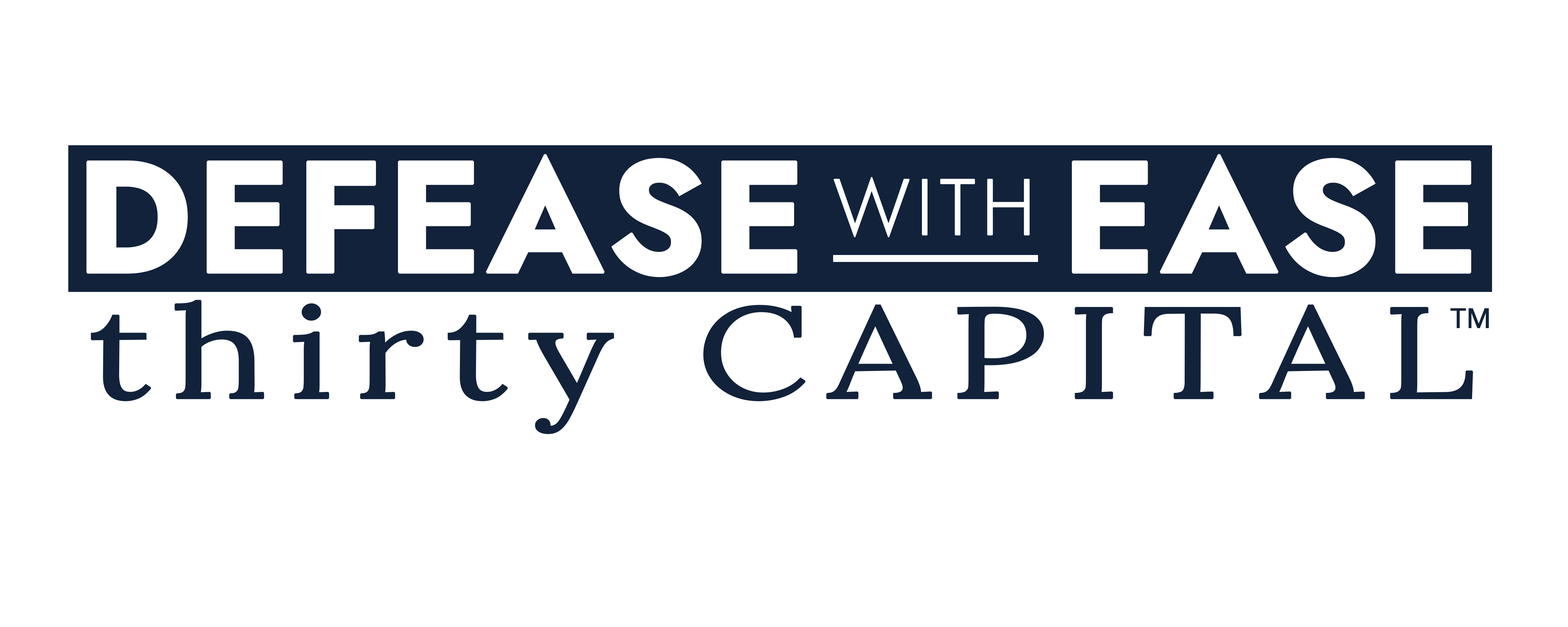During our webinar with GlobeSt, Thriving to ’25: Navigating Turbulent Times with Proactive Strategies in Commercial Real Estate, we had the privilege of hosting a panel of distinguished industry leaders. Among them were Rob Finlay, the CEO & Founder of Defease With Ease | Thirty Capital, Max Bresner, the COO of Brikwell, Jay Saunders, the Director of Defease With Ease | Thirty Capital, and Peter Slaugh, the Founder and Managing Partner of OpenPath Investments. One of the highlights of their conversation was the role of OKRs (Objectives and Key Results) in driving organizational success. Let’s explore how the implementation and execution of OKRs can chart a course towards a prosperous future in commercial real estate (CRE).
Understanding OKRs in CRE
OKRs, a strategic framework for setting and tracking goals and outcomes, stand as the cornerstone of organizational alignment. Objectives articulate qualitative goals, while Key Results represent quantifiable indicators of progress. Thus, OKRs provide a clear roadmap towards unified growth.
According to poll results from the webinar, 31% of participants indicated that they currently implement OKRs, while 56% do not. Interestingly, 13% of respondents were unsure about their organization’s usage of OKRs. From this data, approximately ⅔ of CRE organizations have a significant opportunity to adopt OKRs and enhance their strategic alignment and performance.
Why Are OKRs in CRE Important?
OKRs, leveraged by successful companies like LinkedIn, Netflix, and Walker Dunlop, serve as a powerful tool for achieving organizational alignment, strategic clarity, and continuous progress. They foster synergy and collaboration by aligning everyone with common objectives, as seen in LinkedIn’s cultural integration of OKRs. Additionally, OKRs promote strategic clarity by articulating priorities and guiding decision-making, as demonstrated by Netflix’s use of clear, measurable goals. OKRs drive relentless progress by instilling a culture of accountability and continuous improvement, as evidenced by Walker Dunlop’s success in dynamic real estate markets.
The OKR Process and Benefits
The process of implementing OKRs is straightforward yet profoundly impactful. It begins with setting high-level OKRs, obtaining buy-in from stakeholders, gathering feedback for refinement, and finally, launching and monitoring results. The benefits are significant, ranging from enhanced visibility across departments to heightened operational efficiency and accelerated growth. As Peter states, “We’re always revisiting, and it does scale. That’s the framework because you’ve got a quantifiable approach to the business – you can measure it, and it’s always evolving”. OKRs (and the flexibility that they offer) ensure alignment with evolving business needs.
Max emphasizes, “It’s never too early to start OKRs. The sooner you implement them, the better, and it takes more effort and collaboration if you implement them later. You can’t start OKRs too soon.” By establishing OKRs early on, companies can instill a culture of goal-oriented excellence from the outset, setting the stage for long-term success. OKRs enforce accountability within and across teams, aligning individual, team, and organizational objectives towards unified growth. However, as Rob emphasizes, “Set OKRs, then put key performance indicators (KPIs) behind them. Don’t set it and forget it,” meaning that OKRs require continual evaluation and ongoing monitoring to ensure continued relevance, alignment, and effectiveness. Rob goes on to say, “This is a living, breathing document. But more importantly, it does put the team together knowing that you’re directed toward your north star. You’re all working towards a common goal, which at a time like this, with dispersed teams, is critical.”
Watch the On-Demand Webinar
Drawing from the experiences of industry leaders and successful companies, it’s evident that OKRs offer a solid framework for fostering alignment, clarity, and progress. By promoting collaboration, accountability, and continuous improvement, OKRs provide tangible benefits such as improved visibility, operational efficiency, and accelerated growth. As a flexible, evolving tool, OKRs require ongoing attention and refinement to ensure their effectiveness in guiding organizational efforts toward strategic objectives.
Next Steps
Whether you’re looking to improve your operational efficiency or adapt to shifting market conditions, now is the time to take action and lead your business into the future. Contact our industry experts or schedule a complimentary consultation.
Ready to unlock the potential of OKRs in CRE? Gain firsthand insights on crafting and executing a straightforward yet impactful game plan for success in commercial real estate. Click here to watch the on-demand webinar!


